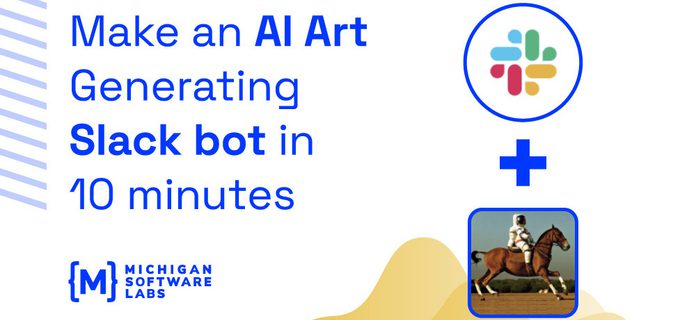
The problem
Managing complex screens or views that depend on asynchronous services or the need to pull in state from across your app can be tricky to get right. The most common way to address this in SwiftUI is by abstracting that logic into a dedicated view model for that piece of UI. Usually, the view model and view will look something like this:
```
struct ComplexView: View {
@ObservableObject var viewModel: ComplexViewModel
var body: some View {
ScrollView {
if case .loaded(let items) = viewModel.state {
VStack {
ForEach(items) { item in
ItemView(item: item)
}
}
} else {
LoadingView()
}
}
.onAppear { viewModel.load() }
}
}
```
```
final class ComplexViewModel: ObservableObject {
@Published var state: LoadingState = .loading
func load() {
// Load some data
// URLSession.shared.dataTaskPublisher ...
}
}
```
This abstraction is good - it makes the screen function - but it has one major flaw: you can no longer create a meaningful preview of `ComplexView`. The view requires an instance of its `ComplexViewModel` in order to function and as written that view model depends on the network to load its data. You will encounter a similar problem if you have a view model that is backed by CoreData or some other persistence layer.
A solution
One possible solution would be to allow creating a `ComplexViewModel` instance with a mocked out Network or Persistence layer. While this may work, I find the extra ceremony needed to maintain that abstraction a little cumbersome. All we really need is a way to provide data to a `ComplexView` instance. The View itself doesn't need to know how that data got there. We can accomplish this by hiding our view model behind a protocol.
`ComplexViewModel` is now a protocol
```
protocol ComplexViewModel: ObservableObject {
var state: LoadingState { get }
func load()
}
```
The content of `ComplexView` is largely the same, but now must be generic over its view model type because the `ComplexViewModel` protocol extends `ObservableObject` which has an associated type and therefore can only be used as a generic constraint.
```
struct ComplexView<ViewModel: ComplexViewModel>: View {
@ObservableObject var viewModel: ViewModel
// same as before
}
```
The old view model class has been renamed to `NetworkBackedComplexViewModel` as a concrete implementation of `ComplexViewModel` that loads from the network
```
final class NetworkBackedComplexViewModel: ComplexViewModel {
// same as before
}
```
We can similarly create another class that implements the `ComplexViewModel` protocol for use in previews.
```
final class PreviewComplexViewModel: ComplexViewModel {
let state: LoadingState
init(state: LoadingState) {
self.state = state
}
func load() { } // do nothing
}
```
## **Takeaway**
With this protocol abstraction we can now create meaningful previews of our otherwise complex screens, even setting up multiple variations of `PreviewComplexViewModel` in different states.
```
struct ComplexView_Previews: PreviewProvider {
static var previews: some View {
Group {
ComplexView(
viewModel: PreviewComplexViewModel(state: .loading)
)
ComplexView(
viewModel: PreviewComplexViewModel(state: .loaded([]))
)
}
}
}
```
I think this makes for a nice way to reason about a screen:
- Describe the requirements for a piece of UI via a protocol
- Write the view code against that protocol
- Create a class that implements the protocol and pulls data from elsewhere in your app
We can leverage this decoupling of our screen from how it gets its data by creating additional flavors of view model (`CacheBackedComplexViewModel`, `DatabaseBackedComplexViewModel`, etc.). With this we are enable to reuse a complex piece of UI in different contexts. You can potentially even hide these implementations behind a Swift package if you wanted to keep your UI and networking or persistence layers decoupled in that manner.
This idea is still a little abstract but I want to put it out there as we continue to better understand and use SwiftUI. What do you think? How are you managing complex UI in your SwiftUI apps?
Looking for more like this?
Sign up for our monthly newsletter to receive helpful articles, case studies, and stories from our team.

Make an AI Art Generating Slack Bot in 10 Minutes
February 3, 2023David shares how easy it is to create your own AI art generating Slack bot using Typescript and Stable Diffusion.
Read more
Product Strategy
November 22, 2022A look at Product Strategy at MichiganLabs. Why we do it, what it is, what it is not, and how we approach it.
Read more
Innovation in healthcare
December 16, 2024Healthcare innovation is transforming patient care and productivity. From voice-to-text tools that save doctors' time to groundbreaking gene therapy restoring hearing, these advancements enhance efficiency while focusing on life-changing outcomes.
Read more
